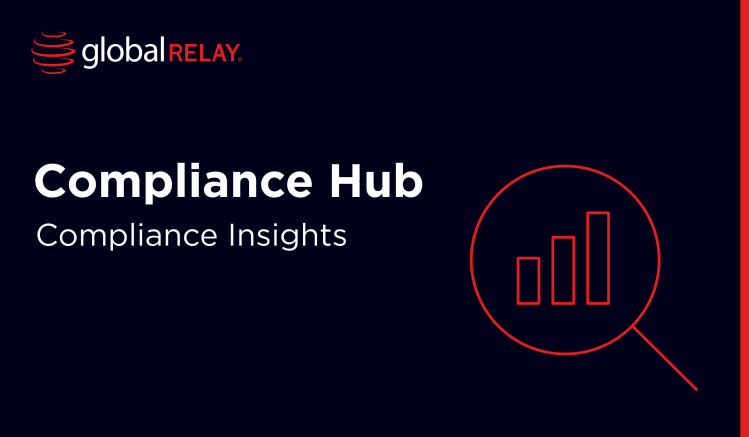Written by a human
With stringent frameworks like the General Data Protection Regulation (GDPR) shaping how personal health information is handled, healthcare providers face mounting pressure to adopt robust cybersecurity measures.
Advanced encryption, Zero-Trust architecture, and AI threat detection have become essential tools in this mission towards transforming how the industry safeguards patient data, ensures compliance, and mitigates risk.
In this post, we’ll explore how these technologies work together to protect the integrity and confidentiality of healthcare information, reduce breach liability, and strengthen organizations’ defenses against an evolving cyber threat landscape.
Secure healthcare data management
Data is both an asset and a liability. Electronic health records, diagnostic imaging, wearable device outputs, and even telemedicine interactions generate vast amounts of sensitive patient information.
Protecting this data is not only an ethical responsibility but also a legal mandate. Within Europe, GDPR sets stringent requirements for safeguarding personal and health-related information, placing healthcare providers under heightened scrutiny.
Encryption transforms patient data into unreadable code, accessible only through decryption keys held by authorized parties. This approach ensures that even if cybercriminals intercept or exfiltrate healthcare data, the information remains unusable without the proper keys.
The role of advanced encryption is as follows:
- End-to-end: ensures that data is protected as it’s stored and in transit, minimizing the risk of interception
- At-Rest Encryption: Secures sensitive health data stored in databases, servers, and portable devices, minimizing risks from lost hardware or unauthorized access to storage systems.
- Attribute-Based Access: Restricts data access to authorized users based on roles or permissions, so clinicians, administrators, and researchers only see the information relevant to their responsibilities.
Ensuring GDPR compliance
GDPR mandates strict principles, such as data minimization, integrity, and confidentiality.
| Principle | Encryption benefits |
| Confidentiality | Encrypted data for cybersecurity compliance in healthcare remains inaccessible without proper authorization, even if it is intercepted |
| Integrity | Encryption protocols can detect tampering attempts, preserving the accuracy of medical records |
| Reducing breach liability | Organizations can demonstrate their robust encryption to avoid regulatory penalties |
Zero-Trust architecture for enhanced compliance
Perimeter-based security models are no longer effective in healthcare, where sensitive data moves across cloud platforms and to third-party providers. A single vulnerability can expose vast amounts of protected health information, leading to reputational damage and regulatory penalties. To counter these risks, many organizations are turning to Zero-Trust architecture (ZTA), a model built on the principle of “never trust, always verify.”
Zero-Trust requires continuous authentication and authorization for every user, device, and system, regardless of their location.
This approach aligns closely with regulatory frameworks such as NIST 800-53, which emphasizes access control, system integrity, and accountability.
By restricting access to only what is necessary and segmenting networks to contain potential breaches, it reduces the opportunities for attackers to move freely within healthcare systems. Continuous monitoring of activity ensures that anomalies are detected quickly, providing a proactive defense against both insider and external threats.
AI’s role in supporting cyber threat detection
The scale of healthcare data generated everyday makes it nearly impossible for human teams alone to monitor for threats in real time. AI cyber threat detection is increasingly stepping in to fill this gap, offering advanced capabilities to detect and mitigate cyber risks before they escalate.
AI-driven tools analyze patterns of network traffic, user behavior, and system activity, flagging anomalies that may indicate malicious activity. Unlike traditional rule-based systems, AI adapts to evolving attack techniques, identifying zero-day exploits or insider threats that would otherwise go unnoticed. By responding in real time, these tools reduce the window of opportunity for attackers to access sensitive health data.
Cybersecurity compliance in healthcare
Ultimately, advanced encryption techniques not only protect patient trust but also provide a clear path for healthcare organizations to demonstrate regulatory adherence. By integrating encryption into their data management strategies, healthcare providers strengthen resilience against cyber threats while ensuring compliance with GDPR’s rigorous standards.
Global Relay helps healthcare companies globally to harness AI in an intentional and controlled manner to maintain cybersecurity compliance. Detect risks across all communications with intelligent surveillance and enrich, store, and manage your data securely in our encrypted archive.

